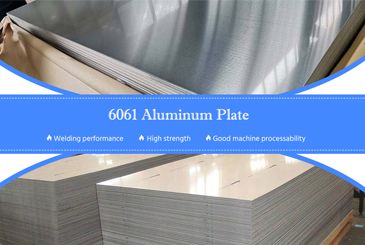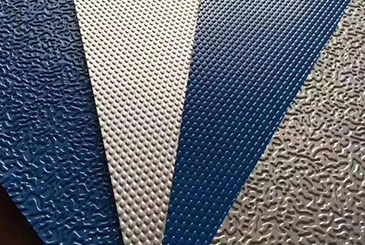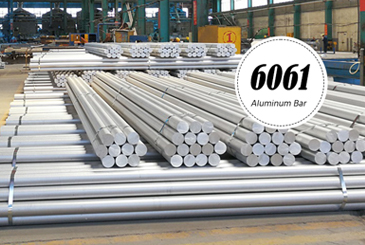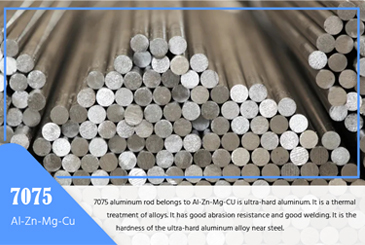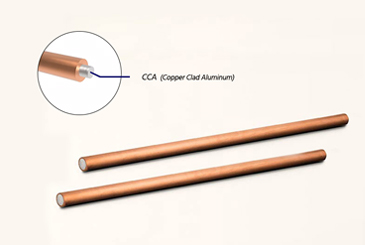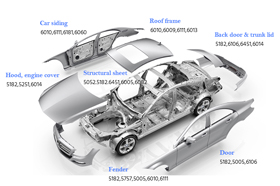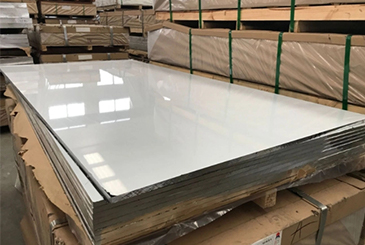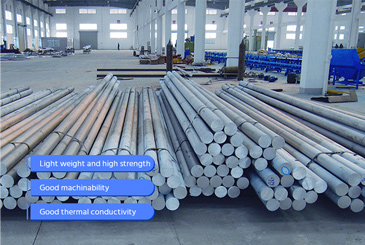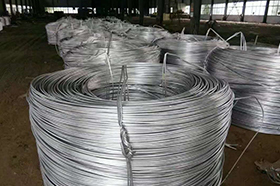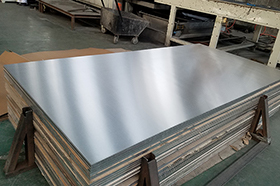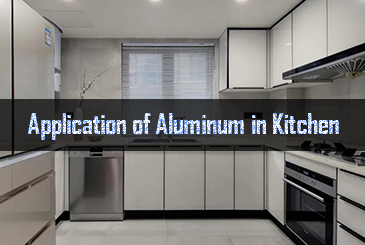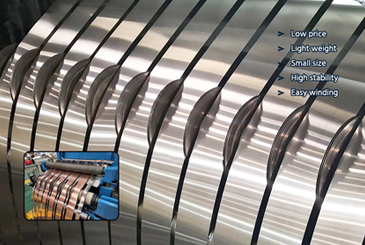1. Welding
A method of joining workpieces by heating, pressing, or both, with or without the use of filler material, to achieve a bond.
2. Position welding
Welding performed to align and secure the position of welded joint components for assembly.
3. Butt welding
Welding of assembled components with butt joints.
4. Fillet welding
Welding performed to create fillet welds in corner joints.
5. Lap welding
Welding of assembled components with lap joints.
6. Edge welding
Welding of assembled components with edge joints.
7. Weldability
The ability of a material to be welded into components that meet designated design requirements under specified construction conditions and fulfill predetermined service requirements. Weldability is influenced by factors such as material, welding method, component type, and usage demands.
8. Fusion welding
A welding method that melts the base metal at the welding location to form the weld seam.
9. Root pass
The initial weld pass in single-sided groove welding that forms a backing (backing effect).
10. Cover pass
The final weld pass applied on the back side of a single-sided groove weld after the main weld is completed.
11. Full penetration weld
A weld joint fully penetrated from one side, generally referring to single-sided welds with double-sided formation.
12. Overlay welding
Welding carried out to increase or restore the size of a weldment, or to apply a special performance overlay metal to the weldment surface.
13. Gas welding
Welding process that uses a gas flame as a heat source. The most common is oxy-acetylene welding, though liquefied gas or propane gas can also be used.
14. Oxy-acetylene welding
Welding method that employs an oxy-acetylene flame for joining.
15. Arc welding
A fusion welding method that utilizes an electric arc as the heat source.
16. Gravity welding
An efficient welding method where one end of the gravity welding rod is aligned with the joint of the workpiece, and the other end is held in a movable fixture. The rod is ignited, and with the arc burning, the welding rod is efficiently used due to gravitational force.
17. Carbon arc welding
An arc welding method using a carbon electrode.
18. Submerged arc welding
A welding method where the arc burns beneath a layer of flux.
19. Atomic hydrogen welding
A method where molecular hydrogen is thermally decomposed into atomic hydrogen between two tungsten electrodes. The recombination of atomic hydrogen into molecular hydrogen on the workpiece surface releases heat, serving as the primary heat source for welding.
20. Electroslag welding
A welding method that utilizes the resistance heat generated by electric current passing through a liquid slag. Depending on the electrode shape used, it can be classified as wire electrode electroslag welding, strip electrode electroslag welding, and nozzle electrode electroslag welding.
21. Electron beam welding
A welding method that employs accelerated and focused electron beams to generate heat for welding workpieces placed in a vacuum or non-vacuum environment.
22. Laser welding
A welding method that uses focused laser beams to generate heat on workpieces for welding.
23. Pressure welding
A welding method where pressure (with or without heating) is applied to the workpiece during welding. It includes solid-state welding, resistance welding, forge welding, diffusion welding, gas pressure welding, and cold pressure welding.
24. Diffusion welding
A solid-state welding method where workpieces are subjected to high temperature and pressure without visible deformation or relative movement. Filler metal can be pre-placed between mating surfaces.
25. Explosive welding
A pressure welding method that involves the rapid collision of workpieces due to the force of explosive detonation.
26. Ultrasonic welding
A pressure welding method that utilizes high-frequency ultrasonic vibrations for localized heating and surface cleaning of welded joints, followed by pressure application to achieve welding.
27. Resistance welding
A welding method that applies pressure to workpieces through electrodes, using the resistance heat generated by current flowing through the contact surface and adjacent regions of the joint.
28. Brazing
A welding method that uses a metal filler material with a lower melting point than the base material. The workpiece and filler material are heated above the filler's melting point but below the base material's melting temperature. Liquid filler wets the base material, fills the joint gap, and diffuses with the base material to achieve a connection.
29. Welding rod
A consumable electrode for arc welding, coated with flux. It consists of a flux coating and a core wire.
30. Welding wire core
The metal core within a welding electrode that is coated with flux.
31. Flux coating
A layer of coating applied to the surface of a welding wire.
32. Welding wire
A metal wire used either as filler metal or as an electrode during welding.
33. Flux-cored welding wire
A type of welding wire formed by winding a thin metal strip into a circular or non-circular tube while simultaneously filling it with a certain composition of flux powder. The wire is then drawn to its final size.
34. Welding flux
A substance used during welding that can melt into slag and gas, providing protection and metallurgical treatment to the molten metal. For submerged arc welding, submerged arc flux is used. For brazing, there are hard brazing fluxes and soft brazing fluxes.


